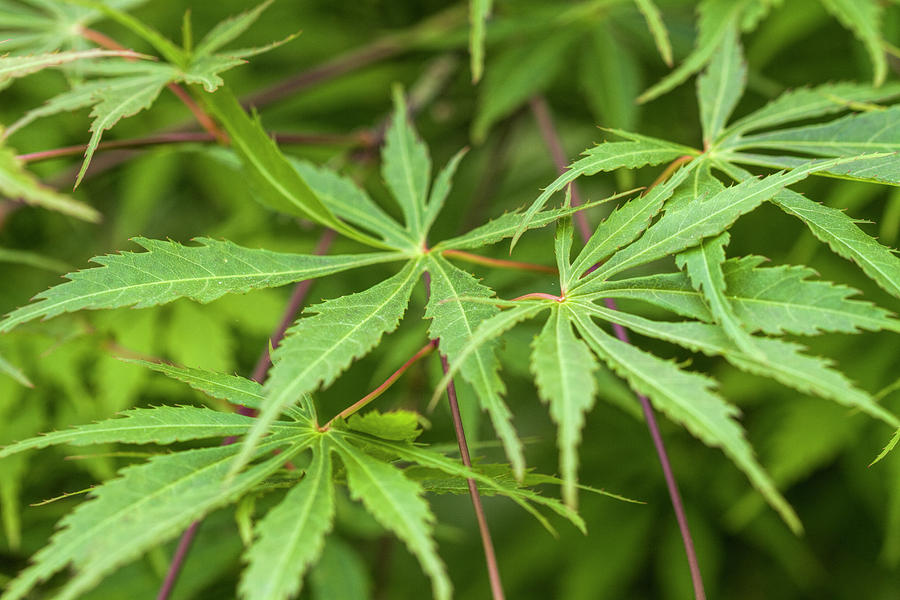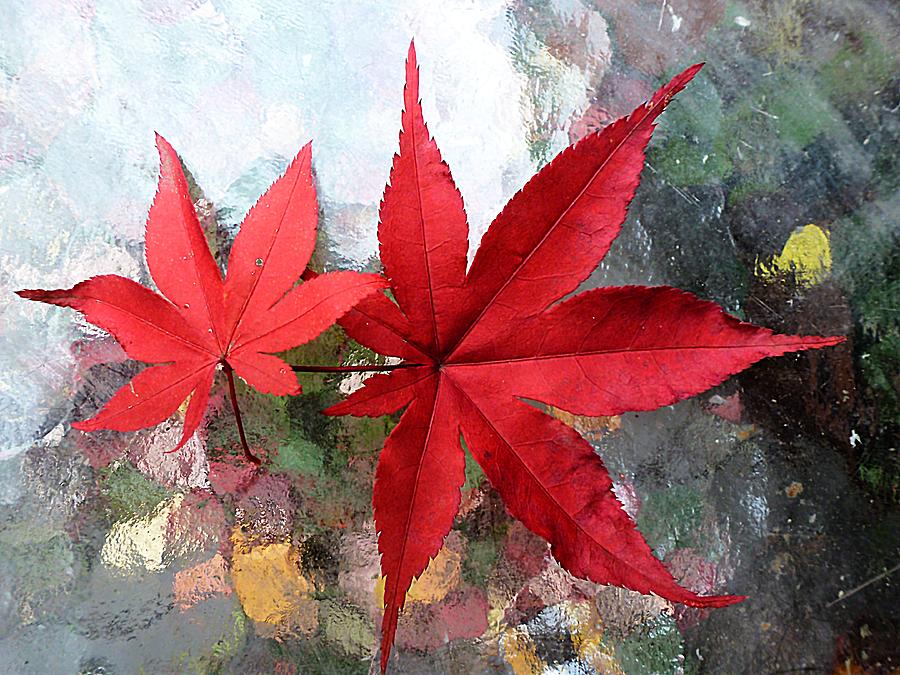

Plan to water heavily twice a week during normal weather and three or even four times weekly in periods of drought.

These trees are quite drought-tolerant when mature, but like most young trees, they need regular deep waterings during the first few years. Composted matter not only adds valuable nutrients to the soil, it tends to retain moisture, which Japanese Maple love. Before planting, work as much compost as you like into the soil around the tree, and keep adding it during spring and early summer. Japanese Maple are greedy feeders, especially when young. (Salt spray is another matter they have quite a good tolerance for that.) If your soil is high in salt, consider growing your Maple in a container. Japanese Maple tolerate heavy clays, loose sands, and everything in between, but they do not like salt soils. But they are also perfectly content in neutral and even mildly alkaline pH. Many gardeners grow them in acidic conditions, where they pair beautifully with Rhododendrons, Camellias, and Kalmias. Well-drained, Consistently Moist Soil - Japanese Maple flourish in any well-drained soil except highly alkaline soil. Just make sure it isn't being whipped around by wind on a regular basis, and it will be fine. Of course, this doesn't mean you have to grow the tree in totally enclosed or protected areas. Protection from Strong Wind - The foliage of Japanese Maples is quite fragile, drying out quickly in high winds. Your Japanese Maple will be very forgivingbut cut a very wide and deep hole around it and leave as much soil clinging to its roots as you can when you dig it up. The best time to move the tree is in late summer or early fall, at least a month before the ground freezes. Location is one of the most important factors in growing this tree successfully, so a bit of trial-and-error may be in order. If after a year or two your Japanese Maple does not seem ideally situated in your garden, don't be afraid to dig up it up and move it. (But this could also be an indication of overwatering in late summer and early fall, which will cause the tree to keep producing new green leaves in autumn instead of changing colors as it should.) If the fall foliage isn't nearly as dramatic as expected, it may be getting too much shade. If you notice its leaves scorching during the summer, it's probably overexposed to sun. It does need some sun for best foliage color, but the amount you give it can vary greatly.

#JAPANESE MAPLE LEAF FULL#

Many varieties of Japanese Maple are dwarf enough to be grown in containers and even as bonsai. And in a large planting along a walk, driveway, or slope, it creates a ribbon of color brighter and more attractive than the most beautiful lights. As an accent in the border, it draws the eye to its blazing canopy of color, enlivening an area that might otherwise be dull in autumn. Few plants can equal the beauty and command of a Japanese Maple in the autumn landscape.Īs a solitary specimen it is breathtaking, its fall foliage remaining for weeks, then falling into a brilliant pool of crimson, orange, or gold on the garden floor.


 0 kommentar(er)
0 kommentar(er)
